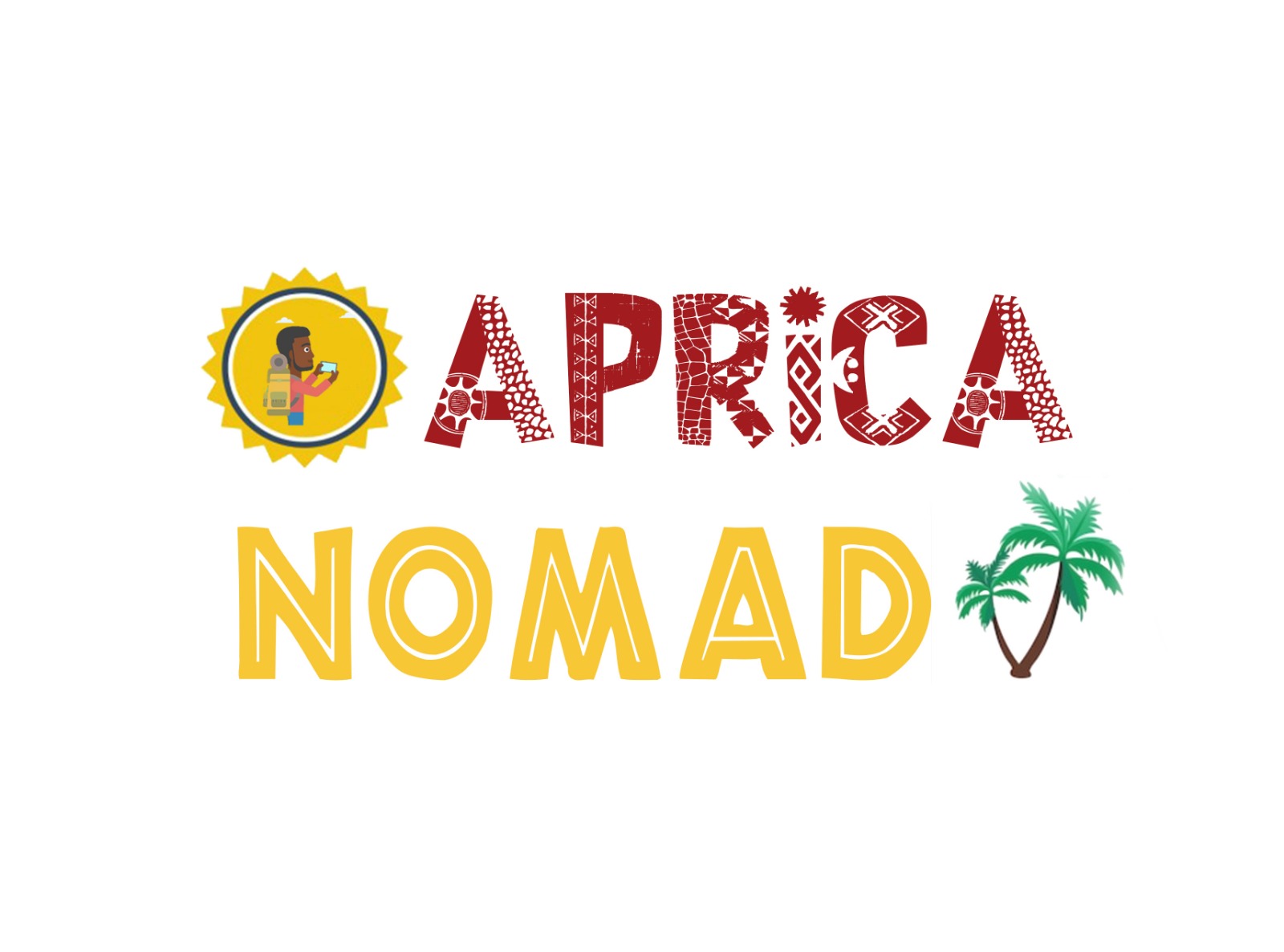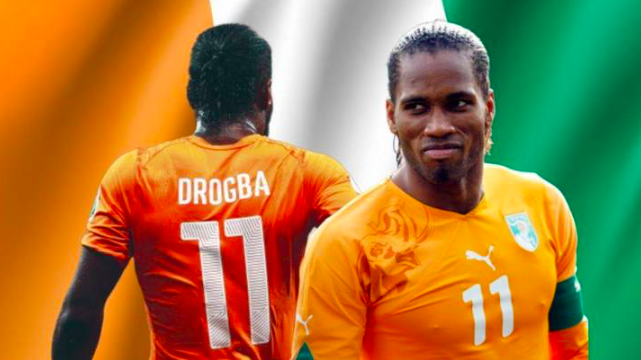Welcome to Abidjan
Abidjan (Nickname – Babi) is the capital city of Côte d’Ivoire, one of the most developed French-speaking cities in Africa. Situated in the southern Atlantic coast of Côte d’Ivoire and set on the shores of Ebrié Lagoon giving a tropical touch to the city, the city is a huge, eclectic, hearty, exciting, cheerful, and fascinating city in West Africa.
Besides, Abidjan is the country’s major urban center, with skyscrapers rising above the Ébrié Lagoon. Modern landmarks include La Pyramide, a ziggurat-like building, St. Paul’s Cathedral (a swooping structure tethered to a massive cross that watches over the Lagoon and facing the Cocody Bay), the headquarter of African Development Bank. Most importantly, Artwork, cultural relics, and handicrafts are on display at Le Musée des Civilizations de Côte d’Ivoire.
HISTORY

apricanomad
A village in 1898, it became a town in 1903. Furthermore, Abidjan was a rail terminus from 1904 but had to depend on the meager facilities of Port-Bouët on the sandbar’s ocean shore. It succeeded Bingerville as the capital of the French colony in 1934 and retained that position after independence in 1960. In 1983 Yamoussoukro was officially named the new national capital.
The transfer of government functions proceeded slowly, however, and Abidjan remained the de facto capital into the 21st century. The city is composed of several municipalities. For example Plateau, Cocody, Treichville, Marcory, Adjame, Koumassi, Port Bouet, Attecoube, Yopougon, and Abobo, reunited in a District. For instance, each administrative subdivision of the District of Abidjan is administered by a mayor, deputies, and municipal council.
The Vridi canal opened the lagoon to the sea in 1950. Abidjan soon became the major shipping and financial center. The first of two bridges linking the mainland to Petit-Bassam Island was built in 1958. Abidjan’s modern deepwater port exports coffee, cocoa, timber, bananas, pineapples, and manganese.
From the administrative and business sectors on the mainland, the city stretches southward to the industrial area on Petit-Bassam and the mineral and petroleum docks along the Vridi Canal. There are a number of wide, shady streets and garden squares in the city; the university (1958) lies on the eastern mainland. Abidjan has a museum of traditional Ivoirian art, a national library, and several agricultural and scientific research institutes.
CULTURE
The culture of the Ivory Coast is layered and colorful thanks to the nation’s geographical location, collection of ethnic groups, and years under French occupation. The sixty distinct ethnic groups are grouped into four main cultural clusters which are differentiated in terms of economic activity, language, and overall cultural characteristics.
Most representatives of southeast cultures are Akan people (descendants of eighteenth-century migrants from the kingdom of Asante). Indeed, the largest Akan populations in Côte d’Ivoire are the farming communities of the Baoule and the Agni. However, smaller groups live in the southeastern lagoon region, where contact and intermarriage between the Akan and other groups have resulted in a multicultural lifestyle.
Then, the southwest Kru people that are probably the oldest of Côte d’Ivoire’s present-day ethnic groups, the largest tribe of which is the Bete. Traditional Kru societies were organized into villages that relied on hunting and gathering for sustenance, and they rarely formed centralized chiefdoms.
Thirdly, In the northwest, the Mande people (descendants of early Mande conquerors) are comprised primarily of the Malinke, Bambara, and Dioula.
To the east of the Mande are Voltaic people. The most numerous of these, the Senufo, migrated to their present location from the northwest in the sixteenth and nineteenth centuries. The last but not the least, each ethnic groups have distinct music, art, festivals, and languages.
Due to their ethnic diversity, Ivoirians adhere to different kinds of religions and beliefs. About 34 percent of the population is Christian, while 27 percent is Muslim. The remaining minorities have stories and legends passed down by earlier generations and their ancestors.
LOCAL SPECIALTIES

Ivorian cuisine is well-known for its variety. It always smells good with hot spicy and sweet. You will totally fall in love with the taste of food. This is our selection of some famous Ivorian foods:
– Attiéké made of cassava pulp. This side dish is considered as Ivorian couscous and can be eaten out with omelet or fried fish, chicken or baked chicken, and simply meat accompanied by sliced onions, tomatoes.
– Alloco is made of fried plantain that is served with tomato stew or boiled eggs or fried fish or fried chicken or baked chicken. This Ivorian dish is widely considered as fast-food and is sold on the streets. It is very easy to cook it on your own.
– Bissap is a sweet beverage made from hibiscus plant leaves known for its health benefits, particularly as a diuretic (which makes it great for people with high blood pressure).
– Garba is a popular Ivorian meal generally sold by men in small street stalls, called Garbadromes. It consists of Attiéké and fried pieces of tuna with chopped onions, tomatoes, and fresh peppers, sprinkled with cooking oil and seasoning powder (Cube Maggi). Garba is the quick and cheap meal of choice for young people of Abidjan.
– Palm wine is a favorite alcoholic beverage among the villagers include palm wine is an alcoholic beverage created from the sap of various species of a palm tree.
INTERESTING TIPS
Either inside or around Abidjan, you will always find an activity that you might love to try out from parties to excursions. I personally recommend the following activities and places to visit as there are many others to explore.
Excursion Inside Abidjan
Floating Island – Built by Eric Becker, this is an artificial island based on nearly 700,000 plastic bottles and other wasted that has been recovered in Abidjan. The island is located in the center of Abidjan lagoon. The island has a bar-restaurant, two swimming pools, a small bridge, and several bungalows.
St. Paul’s Cathedral – is the largest Cathedral in Africa. The Italian architect Aldo Spirito designed the cathedral, on the initiative of President Félix Houphouët-Boigny. The Pope John Paul II blessed the first stone on May 11, 1980. In addition, 5 years later, he consecrated the cathedral on August 10, 1985. This religious building is very impressive, both for its symbolism and its architectural beauty.
African contemporary art – In Abidjan, it is the foundations and galleries that show the most creative and talented artists. Among the most renowned: the Donwahi Foundation, the Cécile Fakhoury gallery or the LouiSimone Guirandou gallery. Openings are organized regularly. You just have to consult their website or Facebook page to find out their program.



Excursion Around Abidjan
Man – Located at 590 km from Abidjan in the West, Man is the capital city of the Tonpki region. Its original relief consisting of a set of mountain ranges surrounding it gives an outstanding look. The very mild climate throughout much of the year is conducive to relaxation and visitors irresistibly always feel the urge to come back.
On the slopes of the mountains, there is a variety of plant species to explore in a beautiful and patterned landscape. A tour of the city also allows visitors to see ivory and woodcarvers, the Cathedral, the Great Mosque, the weavers, and manufacturers of figurines.
The many sites and attractions in the region make this city one of the main tourist destinations of Côte d’Ivoire. You must visit the waterfalls and the liana bridge.
Yamoussoukro – located about 248km from Abidjan. You will need between 2:30 and 3 hours to travel from Abidjan to Yamoussoukro or you can book a flight ticket with Air Cote d’Ivoire. The city has wide avenues engorged with buildings of European architecture whose culminating point is the Basilica of Our Lady of Peace. This incredible religious building is the largest in the world. The primary purpose of the basilica is to celebrate peace and the love of neighbor. This cultural heritage has become a real place of prayer and blessing.
Assinie – is the flagship of the Ivorian tourism industry, this town is located about 80 km from Abidjan in the south-eastern region of the country, is one of the must-see places to visit on Eburnian soil. The marvelous spectacle of its sunny banks, straddling the lagoon and the ocean, is a real call to discovery, relaxation, and idleness.
Water sports enthusiasts can indulge in all kinds of games (jet ski, towed buoy …) when the laziest can bask in the shade of the tall coconut trees along the marvelous beaches of Assinie Mafia and Assouindé Beach. Located in the village of Mafia, the “ANIABA” museum of Assinie constitutes a place of pilgrimage for who wants to soak up the cultural richness of the N’ZIMA heritage. The Assinie Mafia Museum finds many relics of the past, as well as costumes, ornaments, traditional objects as well as a guide who will make you discover the history of the peninsula.
Grand-Bassam – Located less than an hour’s drive from Abidjan, Grand-Bassam is a colonial urban example from the end of the 19th century and the first part of the 20th century. The city is listed as a UNESCO World Heritage Site.

Bridge of Liana 
Basilica 
Waterfalls 
Mount Nimba 
Basilica 
Ganamet’s House 
Beaches at Assinie
Adventure Activities
NZi River Lodge – offers a mini Safari experience. The N’Zi Voluntary Nature Reserve is a Wildlife and Flora Reserve located 45 km north-east of Bouaké. The fauna is typical of the Sudano-Guinean savannah fauna such as the Forest Buffalo, Warthog, Buffalo Cob, Cob Crescent, Harnache Gibe, Red-sided Cephalophe, and other antelopes…It is also nocturnal and diurnal primates, callitriche, patas, and different species of galago. The birdlife is also interesting for bird lovers. There is the last white rhino in Côte d’Ivoire

LaSunday is a day-to-night festival from 15:00 to 22:00
Boulay Island – Île Boulay is only 15 minutes from downtown Abidjan by boat.

Celebrities



Didier Drogba – Magic System – Yaya Toure
Thank you so much for reading our article on “Discover Abidjan in Cote d’Ivoire”.
Please subscribe and/or leave us a comment below
With Love ❤️


